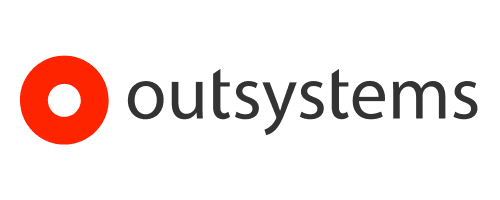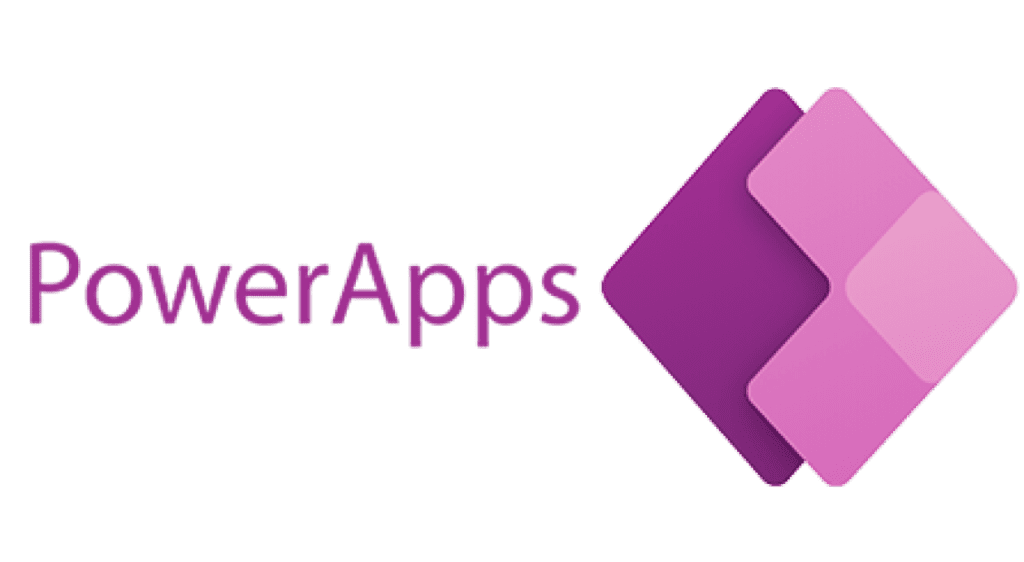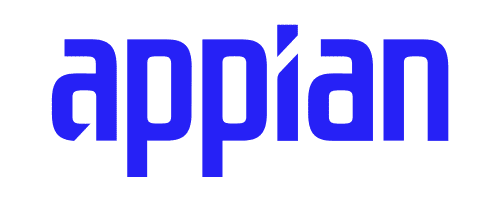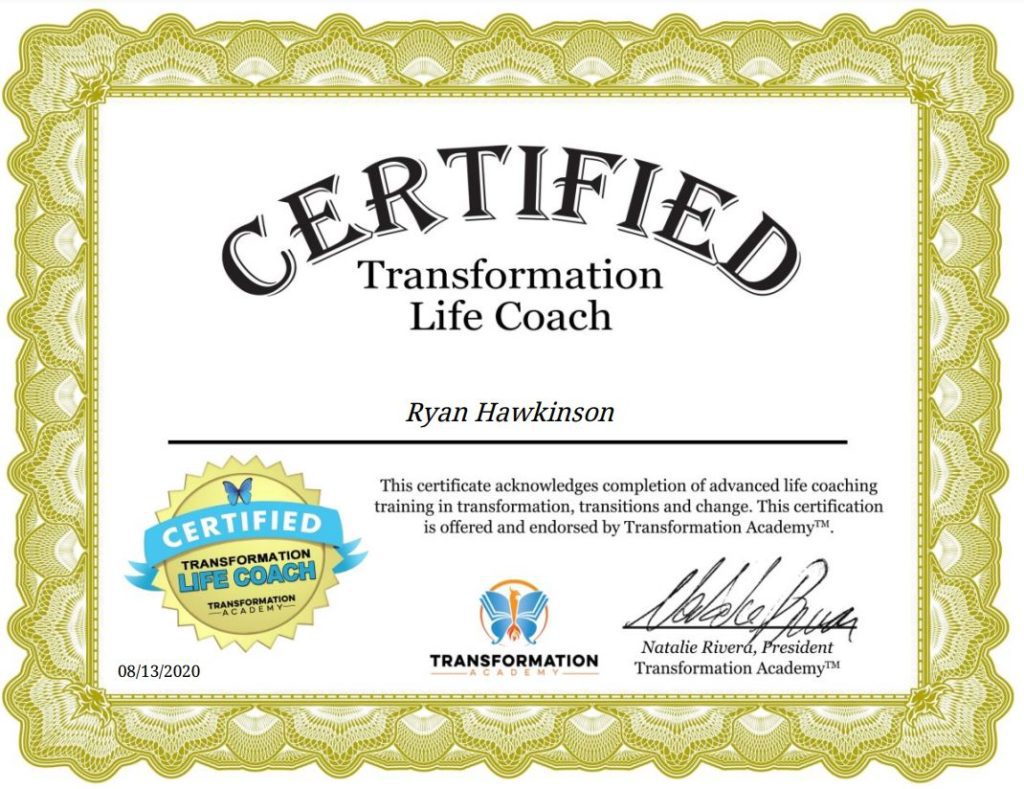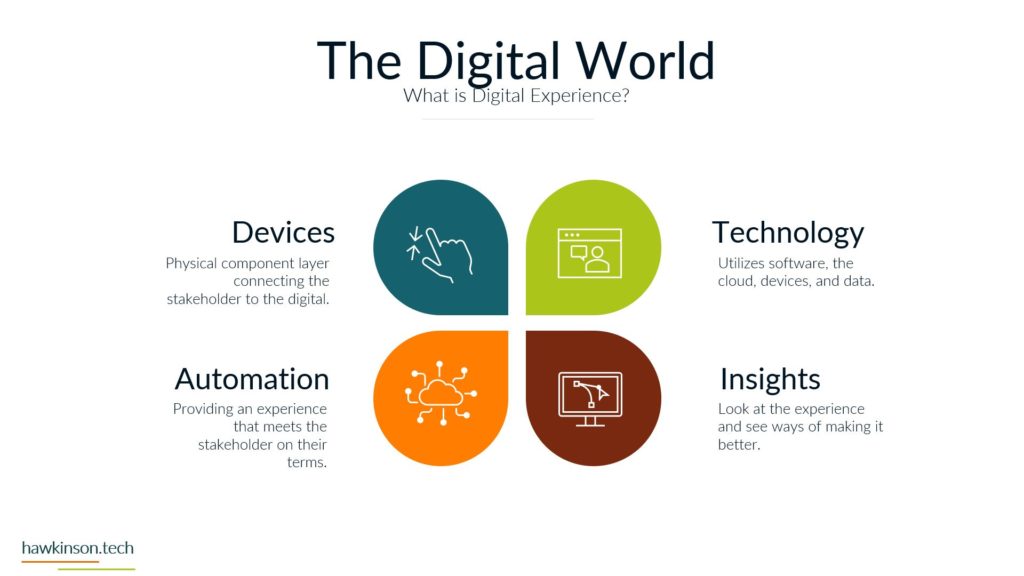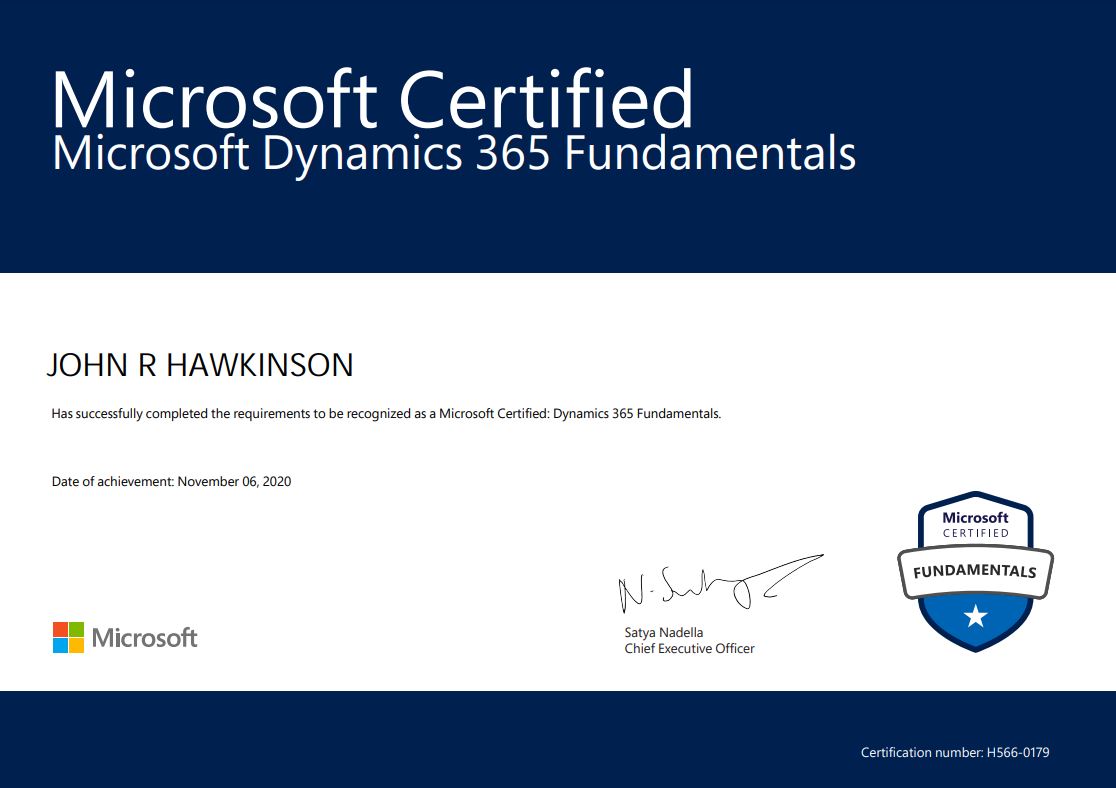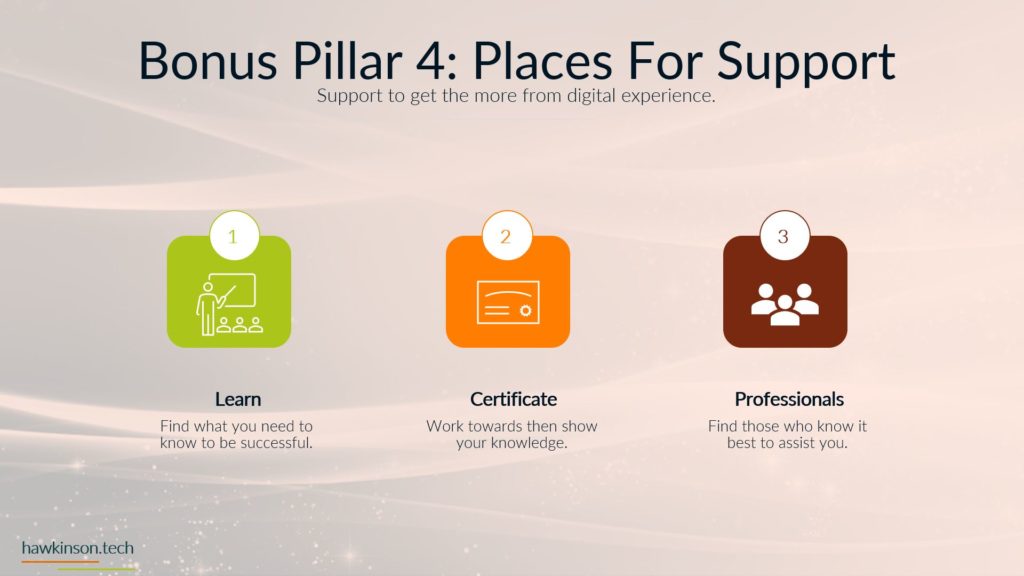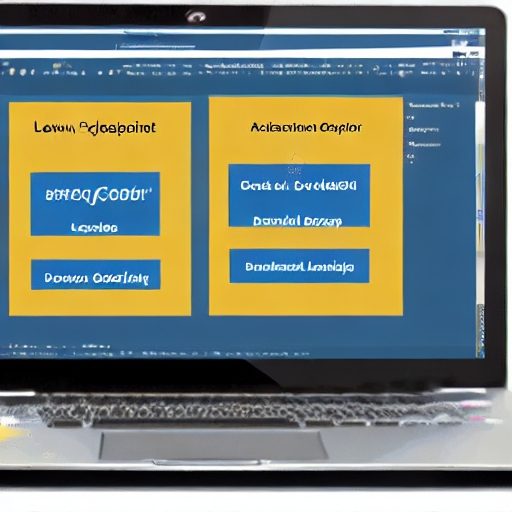Anima is a design-to-code platform that aims to bridge the gap between design and development by converting design files into responsive and interactive web pages. It is primarily focused on streamlining the handoff process between designers and developers.
Key Features
Integrations
While using their favorite design environment, designers can build responsive and dynamic web pages with Anima’s seamless integration with tools like Sketch, Adobe XD, and Figma.
Responsive Design
Anima provides designers with a collection of tools that allow them to develop responsive designs that adjust to different sizes of screens and devices.
Auto Layout
It is simpler to design pages with different content lengths and dimensions thanks to Anima’s auto-layout function, which allows designers to create flexible layouts that alter dynamically based on the content.
Interactive Components
With the help of Anima, designers can incorporate interactive elements into their designs, such as buttons, surveys, and dropdown menus, to produce fully operational web pages that do not require human coding.
Other Features
- Code export
- High fidelity prototype
- Collaboration
- Hosting and publishing
- Version control











